National Trust looks to the next 100 years running the Farne Islands

The Farne Islands are famous for their puffin colony
- Published
Conservation charity the National Trust took ownership of the Farne Islands off the Northumberland coast 100 years ago. Since then, the islands have faced serious pandemic and environmental challenges. The trust is looking towards what the next century might bring.
Lying down in the dirt, National Trust (NT) ranger Sophia Jackson is pulling a puffin out of its burrow. It is a risky business.
"You don't know if you're going to get the bum or the beak," she says. "They soon let you know they're there."
Nearby, colleague Tom Hendry is putting a puffin in a plastic jug. It is a weird way of weighing a wild bird, but it works.
The puffin count on Inner Farne started more than 70 years ago but, as the trust celebrates its 100th year of looking after these islands, it is trying something new. Blue coloured rings are now being attached to the puffins' legs.
"Tracking adult birds can be like a needle in a haystack," Mr Hendry says. "These bands have got a three letter code so, now, rangers or visitors can hopefully re-sight them more easily and we can get an idea of how old they are and how far they might disperse.
"If there was a big food shortage, or some erosion, they might go to other places so, if a puffin with blue colouring ends up elsewhere, we can understand why."
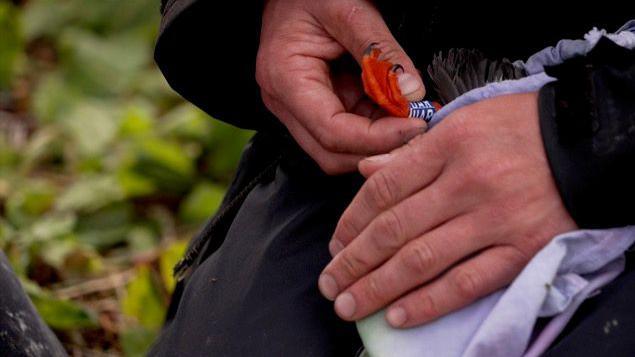
Coloured rings are for the first time being put on the legs of puffins on Inner Farne
The NT says this is important. The Farne Islands are a safe haven for 200,000 seabirds that return each summer to breed, but more than 9,500 perished during the avian flu outbreak of 2022 and 2023.
Early signs suggest some species are stabilising.
"The birds are back, they're flying around and bringing food to each other, so that's a relief for the 100 year mark," Ms Jackson says.
"However, you're never safe. Puffins are endangered. We've got things we can't control ourselves like climate change, which pushes food sources away.
"So, as long as we're doing what we can on the islands to make their habitat as safe as possible, that's good."
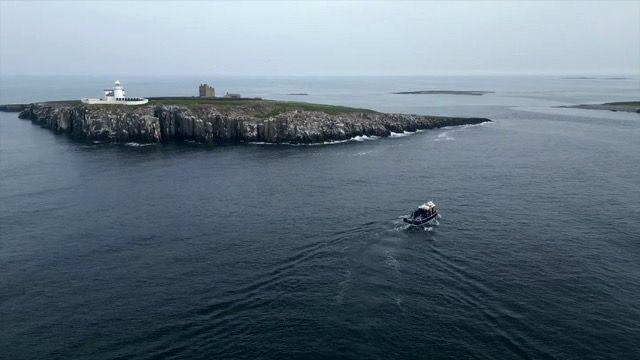
The National Trust says the Farnes are a jewel in its crown
The NT says, while the centenary celebrates its past work, it is an opportunity to look towards the next 100 years.
On Inner Farne that involves its cultural heritage too and, further down the island, historian and NT collections and house officer Nick Lewis is busy inspecting St Cuthbert's Chapel.
Its origins date back to the 14th Century and, inside, iron fittings and ornate wooden seats originally designed for Durham Cathedral, external are all showing signs of wear. Unlike with its other properties, the trust cannot control the environment and the climate on Inner Farne has taken its toll.
"We need to make sure the collection isn't damaged and we have visitors coming in here to take shelter, so it needs to be safe," Mr Lewis says.
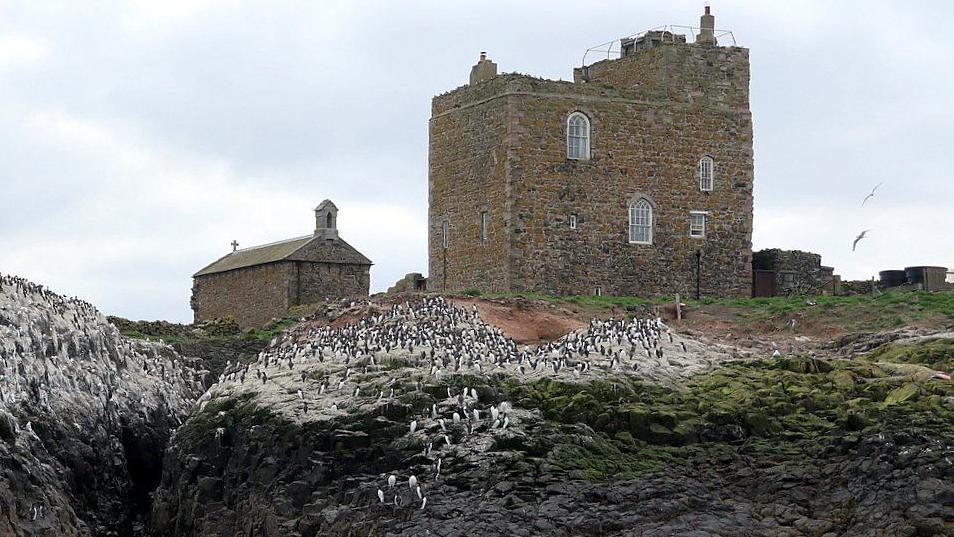
Archaeologists will start their biggest ever investigation under St Cuthbert's Chapel (left) which stands by Prior Castell's Tower
Much is known about the chapel, but now the NT wants to investigate what existed before and is launching its biggest ever archaeological survey of Inner Farne, with Bradford University.
Using the latest ground-penetrating radar, it aims to gather evidence and protect the habitat at the same time. It says it will be looking for signs of 7th Century stone walls deep beneath the ground.
NT manager Andrew Poad is excited about the project.
"The island's never been investigated properly," he says. "We have detailed written descriptions of a monastic cell St Cuthbert constructed for himself, so we've got an indication of what we're looking for.
"It's phenomenal. You don't regularly get windows into the past like that, so we've got everything crossed that something is found.
"But, if nothing else, it will reveal a lot about a millennia and a half of human occupation of Inner Farne and I'm sure there's a fascinating story there, whatever we find."
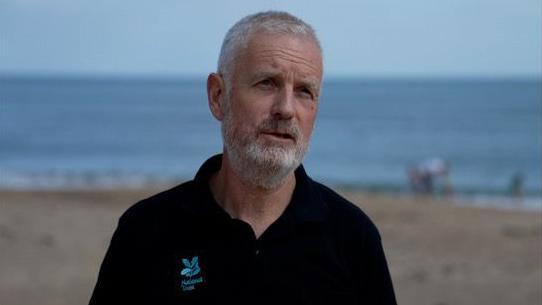
National Trust general manager Andrew Poad hopes to find 7th Century structures
The puffins will benefit from this archaeological work too. Magnetic testing will reveal more about the soil cap and how that might affect their ability to burrow and breed in the future.
Back at the count, Mr Hendry is measuring a puffin's beak. It is wriggling around and lets out a little grunt.
"We've got a feisty one here," he says. "It's a great moment though. It helps me remember why I do the job in the first place, although I do have a few scars to remind me, too."
It is his tenth year working on the Farnes and, in that time, he has had some memorable experiences, including the unexpected arrival of police patrol boat which turned out to be a prop for a TV drama.
Working and living alongside seabirds has also brought its own surprises.
"One time, I was searching and searching for my sock," he says. "Eventually, I spotted it in a shag's nest. It was being used as nesting material and I couldn't get it back because it was right on the cliff edge."

Ranger Tom Hendry has worked on Inner Farne for ten years
As the NT looks towards its future, the next few months will be vital. The UK government is due to publish more on its Environmental Improvement Plan, which has legally binding targets. The trust says the strategy needs to be supported right across government and not just seen as a plan "by Defra, for Defra".
The centenary also coincides with the 130th anniversary of the charity itself being founded. Mr Poad says he feels proud and privileged to be part of it.
"Places like Wicken Fen have already had their centenary and now it's the turn of the Farne Islands," he says.
"While the trust is known for its big houses and gardens, it's a reminder about where we came from as an organisation and the work we do to help people access nature.
"In 2025, it's as important, if not more important, as it was 100 years ago."
Follow BBC North East on X, external, Facebook, external, Nextdoor and Instagram, external.
Get in touch
Do you have a story suggestion for BBC Tyne?
- Published6 June
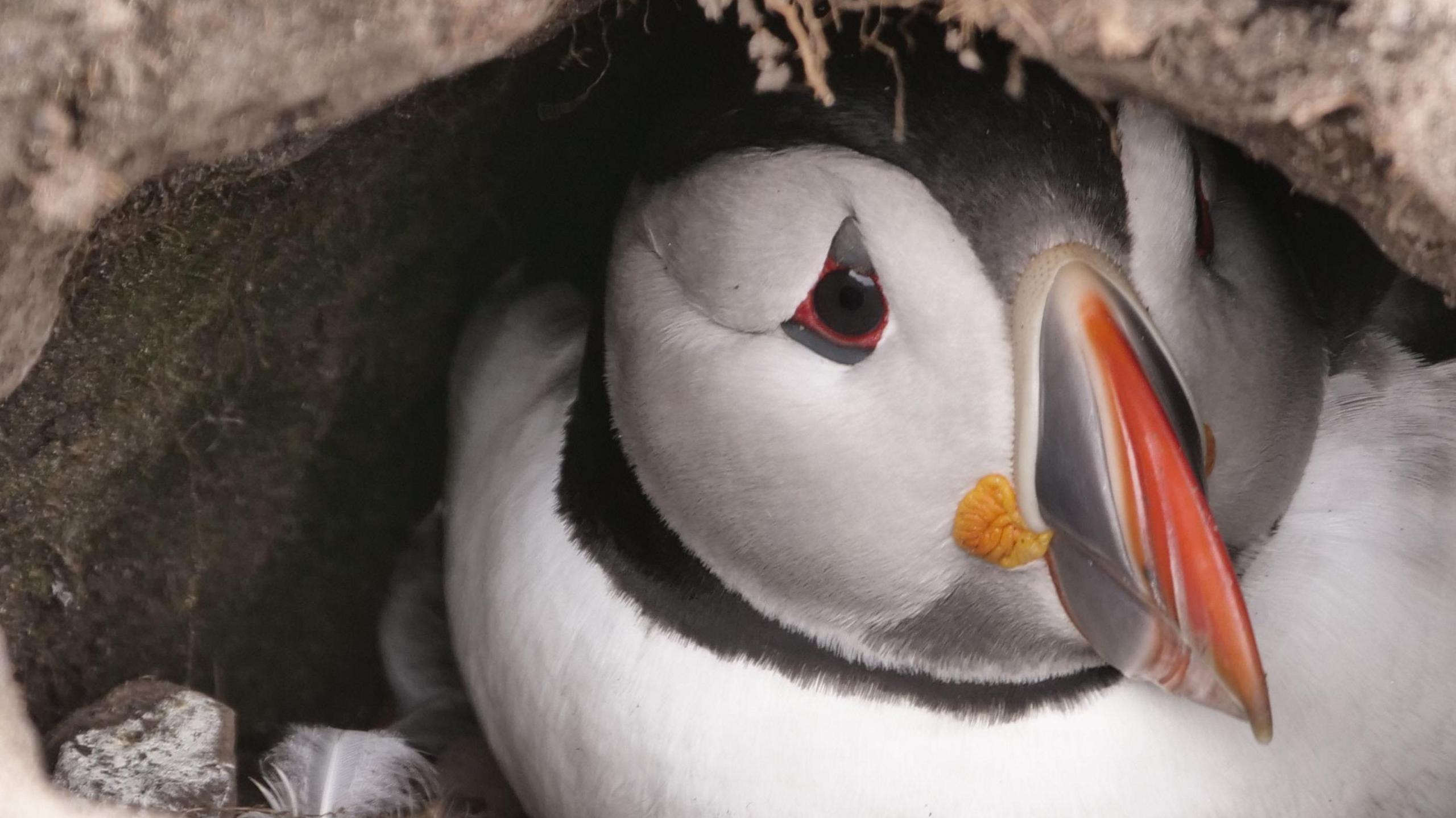
- Published3 April
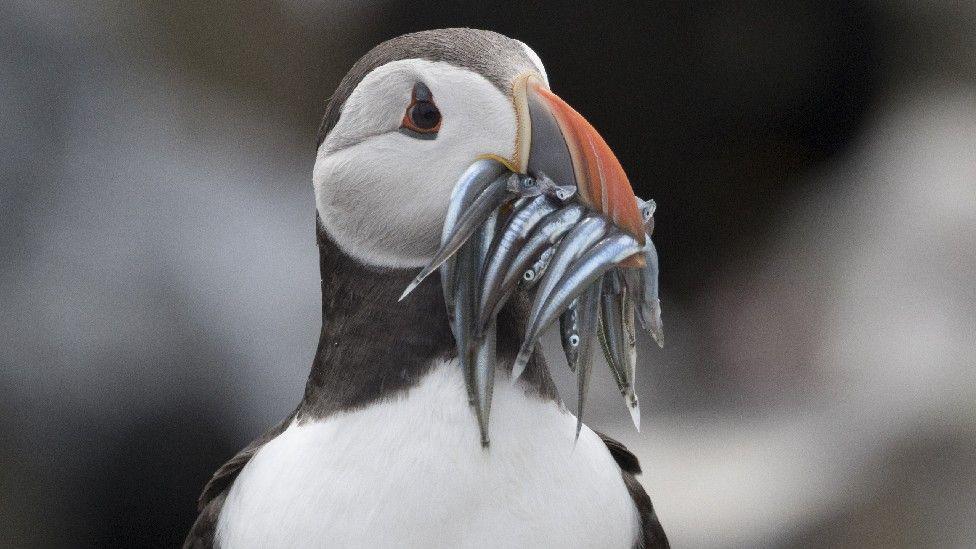
- Published5 June 2024
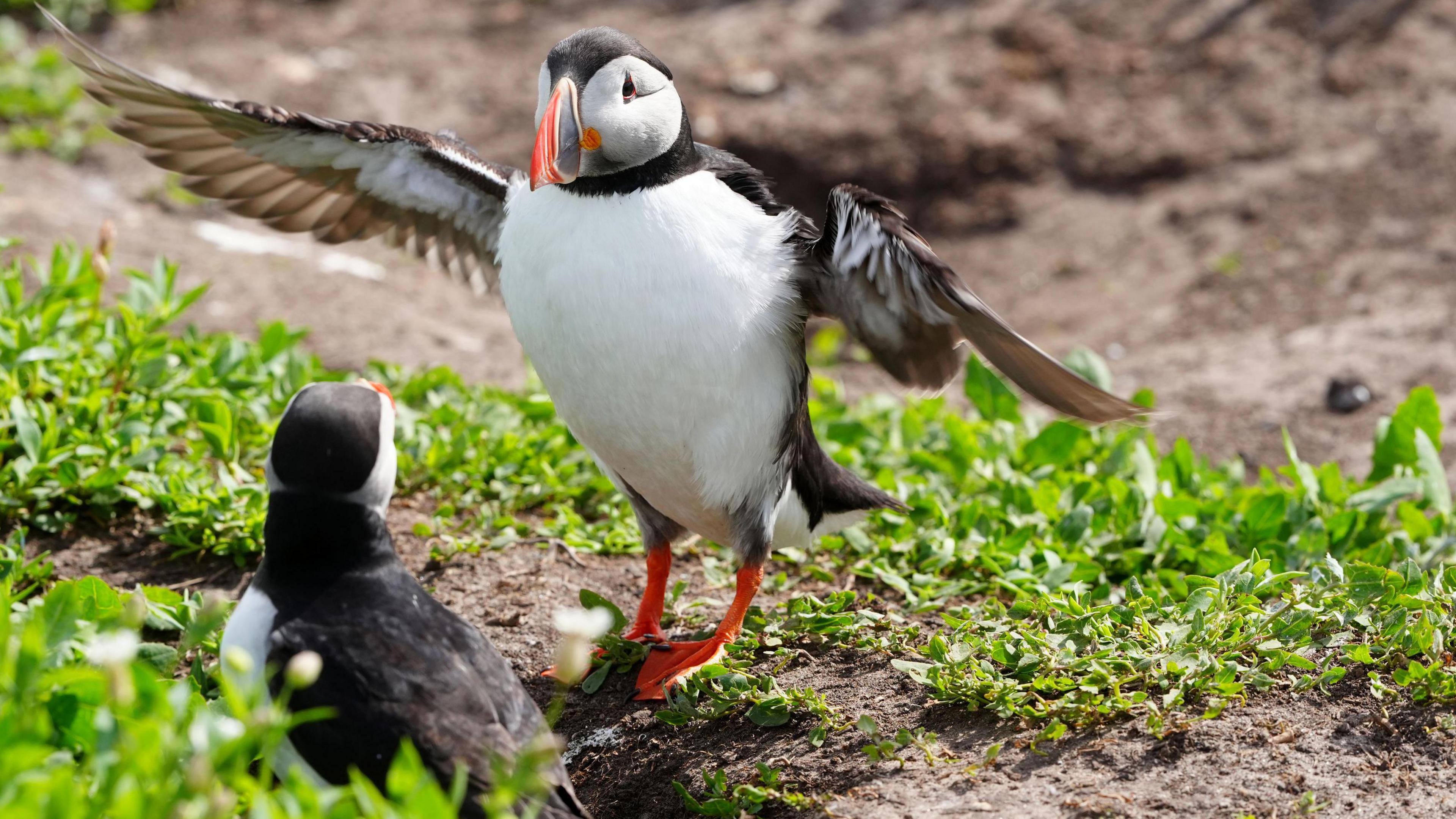
- Published2 June 2020
